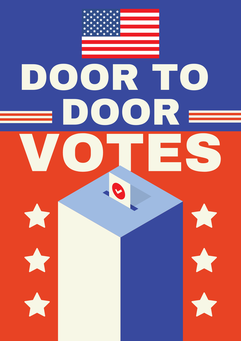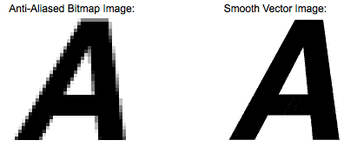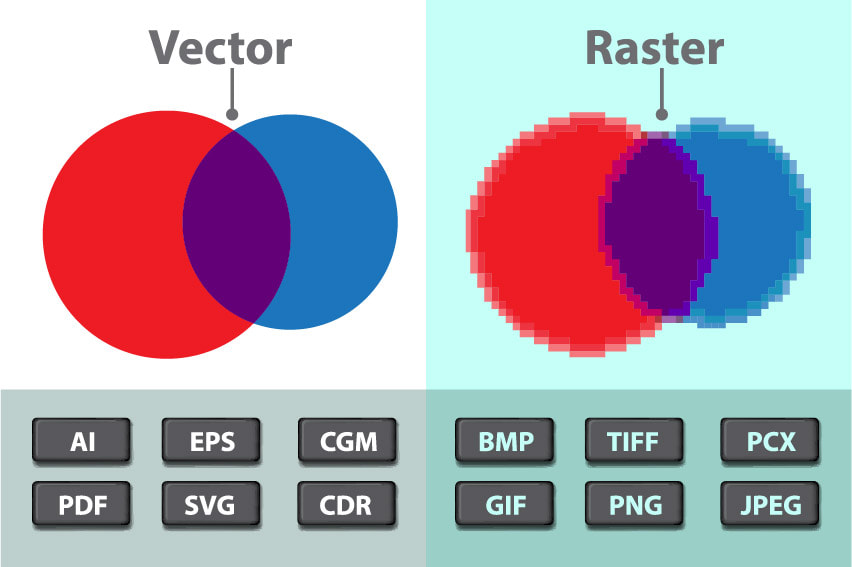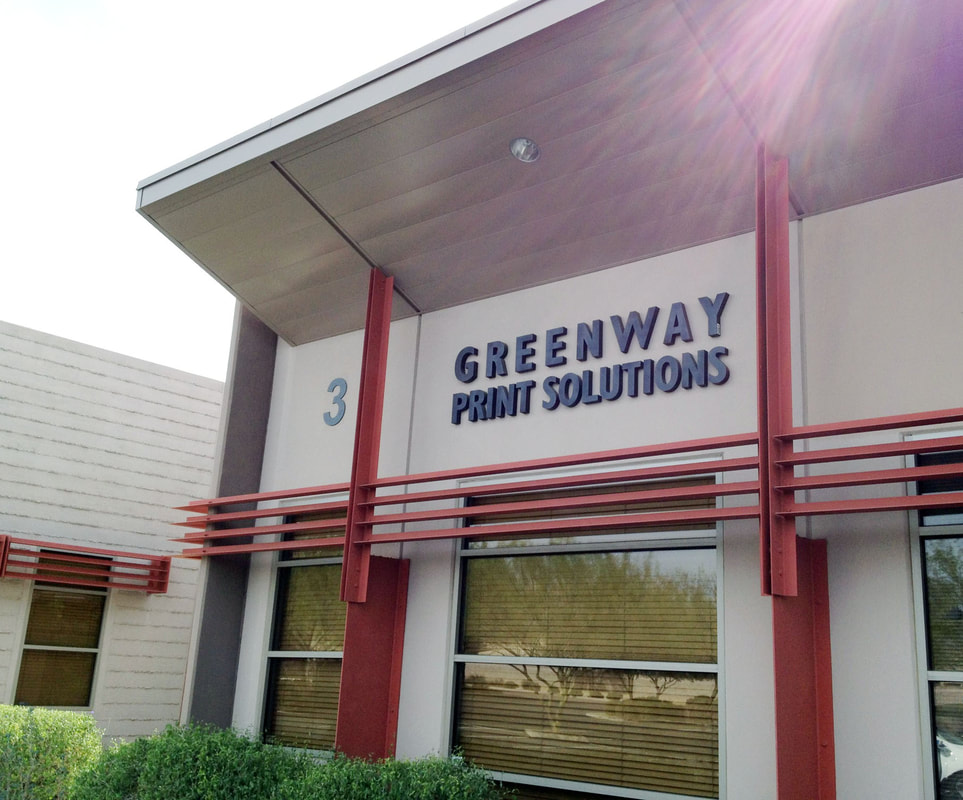 Effective communication and outreach are vital components for success in any political campaign. "Door to Door Votes", a division of Greenway Print Solutions. provides great design and printing for door hangers, flyers, and postcards We provide the power of physical engagement in a digital world. Tangible marketing materials that reach voters where they are most receptive - their homes. We provide an unmatched dedication to impactful design. with eye-catching visuals, persuasive messaging, and incorporating campaign branding. Recognizing that first impressions matter, each piece of campaign collateral is top quality at reasonable pricing. We offer a wide range of customizable solutions to cater to the diverse needs of most political candidates. Large scale to small scale. We also provide SMS, MMS and video calling. All of this at very reasonable pricing. Call Alan at 602.482.1142
0 Comments
When it comes to printing, vector and bitmapped images are both popular choices. But what is the difference between the two, and which should you use for your project?
Vector images are made up of shapes, lines and curves, and are generated using mathematical equations. Because of this, they can be scaled up or down as much as you like without losing any quality. This makes them ideal for logos and illustrations, as they will look the same no matter what size they are printed at. Vector images also tend to have smaller file sizes than bitmapped images, so they can be sent more easily over the internet. Bitmapped images, on the other hand, are made up of individual pixels. This means that when you scale them up, the image will become blurry and distorted. Bitmapped images are best for photographs and complex graphics, as they can capture a lot of detail. They tend to have larger file sizes than vector images, so they may take longer to send over the internet. When it comes to printing, vector images are generally the preferred choice. They are crisp and clear, no matter what size they are printed at, and they have smaller file sizes. Bitmapped images are best for photographs and complex. Source: ChatGPK AI  Computer graphics can be created as either raster or vector images. Raster graphics are bitmaps and a bitmap is a grid of individual pixels that collectively compose an image. Raster graphics render images as a collection of countless tiny squares. Each square or pixel is coded in a specific hue or shade. Individually, these pixels are worthless. Together, they’re worth a thousand words. Raster graphics are best used for non-line art images; specifically digitized photographs, scanned artwork or detailed graphics. Non-line art images are best represented in raster form because these typically include subtle chromatic gradations, undefined lines and shapes, and complex composition. However, because raster images are pixel-based, they suffer a malady called “image degradation.” Just like photographic images that get blurry and imprecise when blown up, a raster image gets jagged and rough. Why? Ultimately, when you look close enough, you can begin to see the individual pixels that comprise the image. Hence, your raster-based image of Wayne Newton magnified to 1000 percent becomes bitmapped before you can isolate that ravenous glint in his eye. Although raster images can be scaled down more easily, smaller versions often appear less crisp or “softer” than the original. Unlike pixel-based raster images, vector graphics are based on mathematical formulas that define geometric primitives such as polygons, lines, curves, circles and rectangles. Because vector graphics are composed of true geometric primitives, they are best used to represent more structured images, like line art graphics with flat, uniform colors. Most created images (as opposed to natural images) meet these specifications, including logos, letterhead, and fonts. Vector Images and the Scalable Truth Inherently, vector-based graphics are more malleable than raster images — thus, they are much more versatile, flexible and easy to use. The most obvious advantage of vector images over raster graphics is that vector images are quickly and perfectly scalable. There is no upper or lower limit for sizing vector images. Just as the rules of mathematics apply identically to computations involving two-digit numbers or two-hundred-digit numbers, the formulas that govern the rendering of vector images apply identically to graphics of any size. Vector Images, Graphics and Raster Further, unlike vector graphics, vector images are not resolution-dependent. Vector images have no fixed intrinsic resolution, rather they display at the resolution capability of whatever output device (monitor, printer) is rendering them. Also, because vector graphics need not memorize the contents of millions of tiny pixels, these files tend to be considerably smaller than their raster counterparts. |
Contact UsEmail us Categories
All
Archives
March 2024
|
- Home
-
Print
- Bar Codes >
- Booklets & Catalogs
- Business Cards
- Extreme Business Cards
- Checks >
- Collection Agency Forms
- Direct Mail /EDDM
- Door Hangers
- Envelopes
- Forms >
- Freight Labels
- Gift Cards
- Insurance Guide Books
- Labels >
- Patient Sign-in Sheets
- Political Printing
- Postcards
- Sign-in Sheets
- Tags
- Ultra Privacy Sign-in Label Sheets, Custom Columns - Designed For Your Business
- Promo Products
- Apparel
- About / Contact
- Customer Specific
- Artwork/Color
- Blog
- EVENT PRINTING ARIZONA
|
GREENWAY PRINT SOLUTIONS
5425 E. Bell Rd., #120 Scottsdale, AZ 85254 602.482.1100 |
Pay Your greenway invoice here. |


